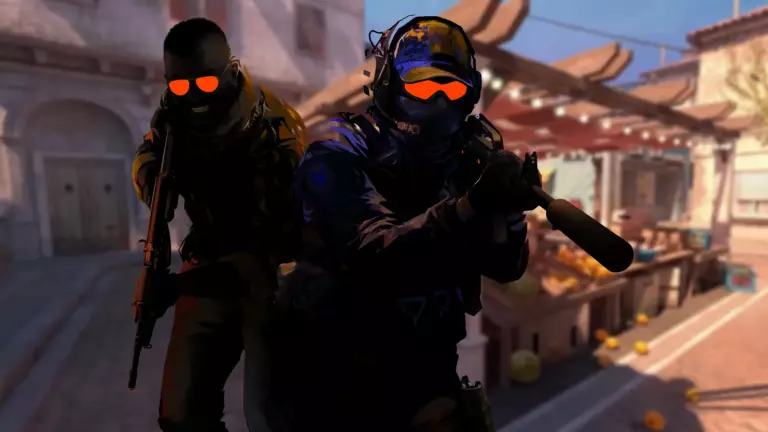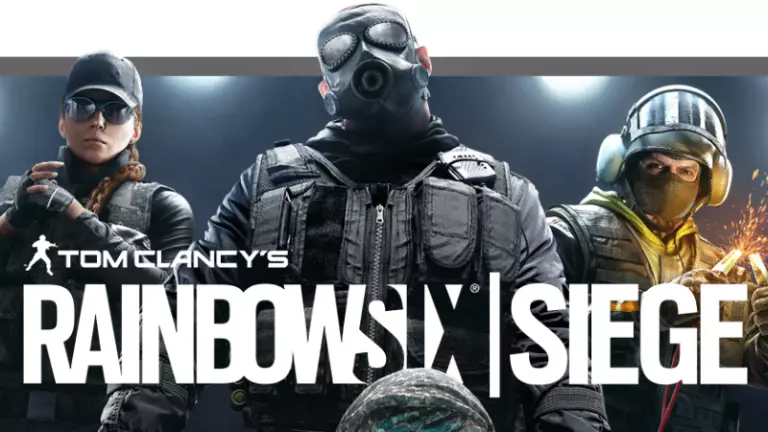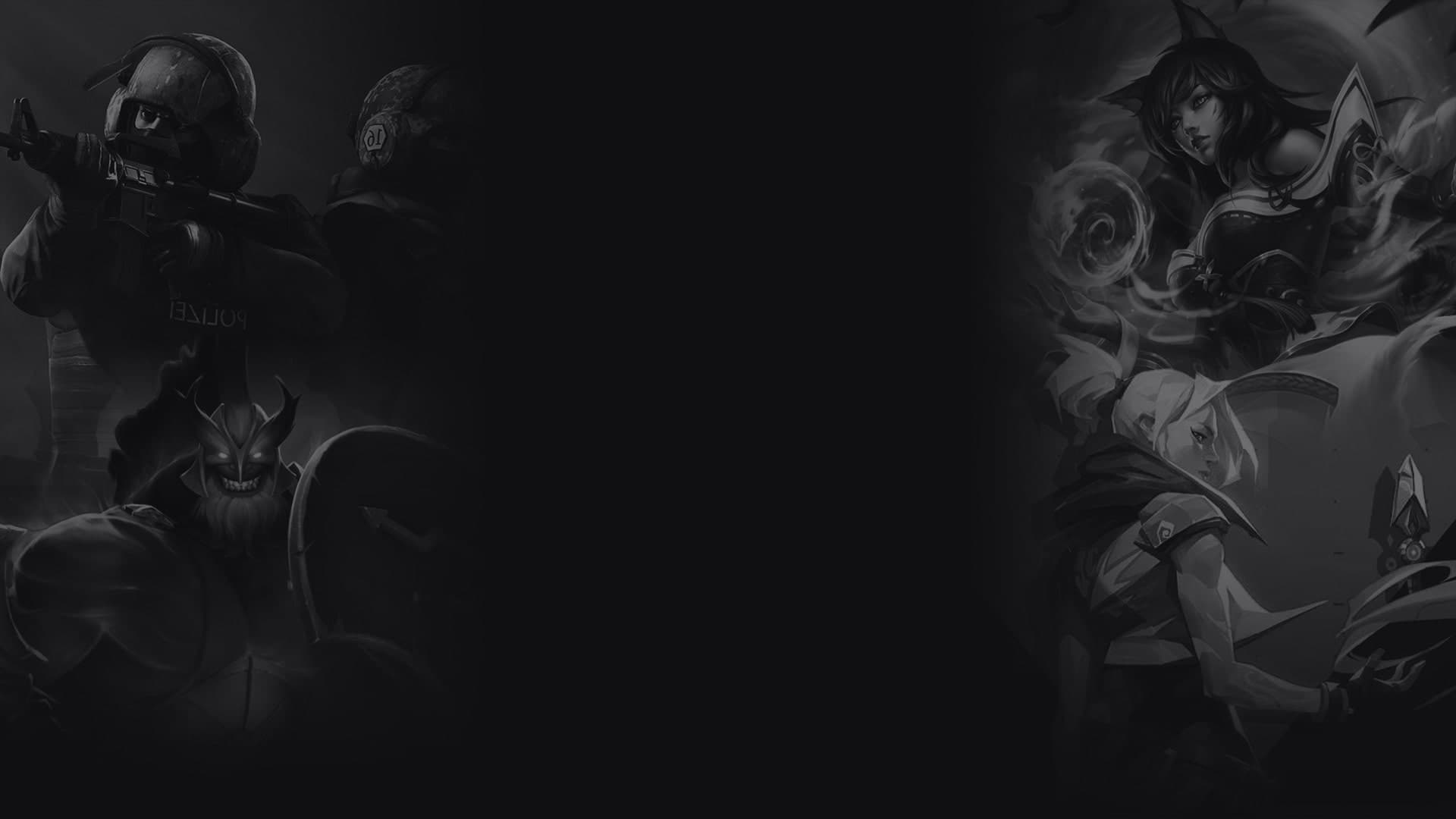Counter-Strike vs Rainbow Six Siege: Which Game Fits Your Playstyle?
Are you torn between the fast-paced action of Counter-Strike: Global Offensive (CSGO) and the tactical gameplay of Rainbow Six Siege? Choosing the right game to suit your playstyle can make all the difference in your gaming experience. In this article, we'll explore the key differences between Counter-Strike vs Rainbow Six Siege to help you make an informed decision.
Counter-Strike is known for its intense, high-speed gameplay, where split-second reflexes and precision aim are paramount. With its focus on teamwork and communication, Rainbow Six Siege offers a more methodical and strategic approach, where careful planning and coordination are essential for success.
Whether you prefer the unpredictable chaos of Counter-Strike or the strategic depth of Rainbow Six Siege depends on your individual playstyle. If you thrive in fast-paced, adrenaline-fueled battles, Counter-Strike may be the game for you. On the other hand, if you enjoy the thrill of outsmarting your opponents through clever strategies and teamwork, Rainbow Six Siege might be a better fit.
So, are you ready to choose your side? Let's dive deeper into these two popular games and find out which one aligns with your gaming preferences.
Gameplay and mechanics of Counter-Strike

Counter-Strike: Global Offensive, commonly known as CSGO, is a first-person shooter game that pits terrorists against counter-terrorists in a series of intense and fast-paced rounds. The gameplay revolves around two teams, each with specific objectives. The terrorists aim to plant and detonate a bomb, while the counter-terrorists strive to prevent the bomb from being planted or defuse it if it has already been planted.
CSGO emphasizes precision aim, reflexes, and quick decision-making. The game requires players to master recoil control, movement mechanics, and weapon management. Each gun has its unique characteristics, and understanding their strengths and weaknesses is crucial for success. Additionally, players need to navigate maps efficiently, utilizing smokes, flashes, and grenades to gain a tactical advantage.
The game offers various game modes, including Competitive, Casual, and Deathmatch. Competitive mode is the most popular, where players compete in ranked matches to climb the competitive ladder. Casual mode offers a more relaxed experience, allowing players to practice their skills in a less intense environment. Deathmatch mode focuses on individual skill development, providing a fast-paced and respawning action.
In CSGO, communication and teamwork are vital. Players must coordinate strategies, share information, and execute synchronized attacks or defenses. Successful teams rely on clear communication and effective teamwork to outsmart their opponents.
Gameplay and mechanics of Rainbow Six Siege

Rainbow Six Siege, developed by Ubisoft, takes a different approach to the first-person shooter genre. The game focuses on close-quarters combat and emphasizes strategy, tactics, and teamwork. Players assume the roles of attackers or defenders, each with unique abilities and gadgets that can be used to gain an advantage.
Unlike Counter-Strike, Rainbow Six Siege features a destructible environment, allowing players to create new pathways, breach walls, and fortify their positions. The game encourages players to think creatively and adapt their strategies based on the ever-changing battlefield. Each round presents different challenges, requiring teams to adapt and improvise.
Rainbow Six Siege offers a wide range of operators, each with their unique abilities and gadgets. These operators can be combined to create synergistic strategies, allowing teams to breach, defend, and control the map effectively. The game also features an extensive selection of weapons and attachments, allowing players to customize their loadouts to suit their playstyle.
The game modes in Rainbow Six Siege include Bomb, Hostage, Secure Area, and Tactical Realism. Bomb mode requires attackers to locate and defuse a bomb while defenders try to prevent them. Hostage mode focuses on rescuing or defending a hostage. Secure Area mode requires attackers to secure an area, while defenders aim to hold it. Tactical Realism mode removes many of the game's assists, providing a more hardcore and realistic experience.
Competitive scene and esports of Counter-Strike
Counter-Strike has established itself as one of the most popular esports titles worldwide. The game boasts a thriving competitive scene, with numerous tournaments and leagues attracting top-tier teams and players. The pinnacle of Counter-Strike esports is the annual Valve-sponsored Major Championships, where teams compete for a multi-million-dollar prize pool.
The competitive scene features a ranking system that allows players to progress through various skill levels, from Silver to Global Elite. Each rank represents a different skill level, and players can track their progress as they climb the ranks. The matchmaking system ensures fair and competitive matches, pairing players with similarly skilled opponents.
Counter-Strike tournaments range from small community-run events to large-scale international competitions. Major tournaments, such as ESL One and DreamHack, draw thousands of spectators and offer significant prize pools. The competitive nature of Counter-Strike has propelled it into the mainstream, with professional players and teams gaining widespread recognition and sponsorships.
Competitive scene and esports of Rainbow Six Siege
Rainbow Six Siege has seen a steady rise in popularity as an esports title since its release. The game's emphasis on strategy, teamwork, and tactical decision-making has attracted a dedicated player base and a competitive scene that continues to grow. Ubisoft organizes the Rainbow Six Pro League, a professional league featuring top teams from around the world.
The Pro League showcases high-level gameplay and provides a platform for teams to compete for substantial prize pools. The league follows a seasonal format, with teams battling it out in online matches to secure a spot in the offline finals. The best teams from each region then compete for the title of Pro League champion.
In addition to the Pro League, Rainbow Six Siege features various other tournaments and community-run events. These tournaments offer opportunities for aspiring players and teams to showcase their skills and potentially make a name for themselves in the esports scene. The game's esports ecosystem continues to evolve, with Ubisoft actively supporting and investing in the competitive scene.
Skill requirements and playstyles in Counter-Strike
Counter-Strike requires a unique set of skills to excel. First and foremost, players must have precise aim and reflexes to land accurate shots and win gunfights. Understanding weapon recoil patterns and controlling them effectively is essential for consistent performance. Movement mechanics, such as strafing and bunny hopping, can also give players an edge in certain situations.
In Counter-Strike, the ability to make quick decisions under pressure is crucial. Players must analyze the situation, gather information, and react accordingly. Map knowledge is another vital skill, as understanding the layout and callouts allows for better positioning and rotation.
Different playstyles can thrive in Counter-Strike. Aggressive players who rely on fast-paced entry fragging and aggressive positioning can catch opponents off guard and create openings for their team. Support players, on the other hand, focus on utility usage, providing cover and setting up teammates for success. A balanced team composition that combines different playstyles often leads to better overall performance.
Skill requirements and playstyles in Rainbow Six Siege
Rainbow Six Siege demands a different skill set compared to Counter-Strike. While precise aim is still important, the game places a greater emphasis on tactical decision-making, communication, and teamwork. Players must think strategically, utilizing gadgets, environmental destruction, and operator abilities to gain an advantage.
Communication is key in Rainbow Six Siege. Players must share information with their teammates, call out enemy positions, and coordinate strategies effectively. Proper communication can mean the difference between success and failure.
Playstyles in Rainbow Six Siege can vary greatly. Entry fraggers are responsible for leading the charge, breaching defenses, and eliminating defenders. Support players focus on gathering intel, providing utility, and assisting their teammates. Anchors hold down key positions on defense, while roamers disrupt the attackers' plans by lurking and flanking.
Choosing the right game for your playstyle
When deciding between Counter-Strike and Rainbow Six Siege, consider your preferred playstyle and what aspects of gameplay you enjoy the most. CSGO's fast-paced action and intense gunfights cater to players who thrive on quick reflexes and precision aim. Rainbow Six Siege's strategic depth and emphasis on teamwork are a better fit for those who enjoy planning, communication, and outsmarting opponents.
Try both games and see which one resonates with you. Consider the aspects of gameplay that you find most enjoyable and fulfilling. Are you more inclined towards individual skill and agility, or do you prefer the satisfaction of executing a well-coordinated team strategy? Your answer will guide you towards the game that aligns with your playstyle.
Tips for transitioning between Counter-Strike and Rainbow Six Siege
If you're already familiar with one game and considering transitioning to the other, here are a few tips to help you make a smooth transition:
1. Learn the mechanics: Take the time to understand the unique mechanics of each game. Practice the movement, shooting, and utility usage to get comfortable with the gameplay.
2. Study the maps: Familiarize yourself with the maps in the game you're transitioning to. Learn the callouts, common strategies, and key positions. Map knowledge is crucial for effective gameplay.
3. Experiment with different operators/weapons: In Rainbow Six Siege, try out different operators to find the ones that suit your playstyle. Similarly, in CSGO, experiment with different weapons to find the ones you're most comfortable with.
4. Watch professional gameplay: Watching professional players and teams can provide valuable insights into strategies, tactics, and gameplay mechanics. Study their movements, decision-making, and communication to improve your own gameplay.
5. Practice, practice, practice: Like any skill, improving in these games requires practice. Dedicate time to honing your skills, whether it's through aim training, watching tutorials, or playing regularly.
By following these tips, you can ease the transition and adapt to the different playstyles and mechanics of CSGO and Rainbow Six Siege.
Conclusion
Choosing between Counter-Strike and Rainbow Six Siege ultimately comes down to personal preference and playstyle. Counter-Strike offers fast-paced, reflex-based gameplay that rewards individual skill and quick decision-making. Rainbow Six Siege, on the other hand, focuses on strategy, communication, and teamwork to outsmart opponents.
Both games have thriving competitive scenes and offer unique experiences. Whether you prefer the adrenaline-fueled chaos of Counter-Strike or the methodical planning of Rainbow Six Siege, both games have a lot to offer for players seeking competitive and engaging gameplay.
So, are you ready to choose your side? Dive into the action, practice your skills, and find the game that suits your playstyle. Whether you're a fan of intense gunfights or tactical masterminds, there's a game out there waiting for you. Good luck and have fun gaming!

